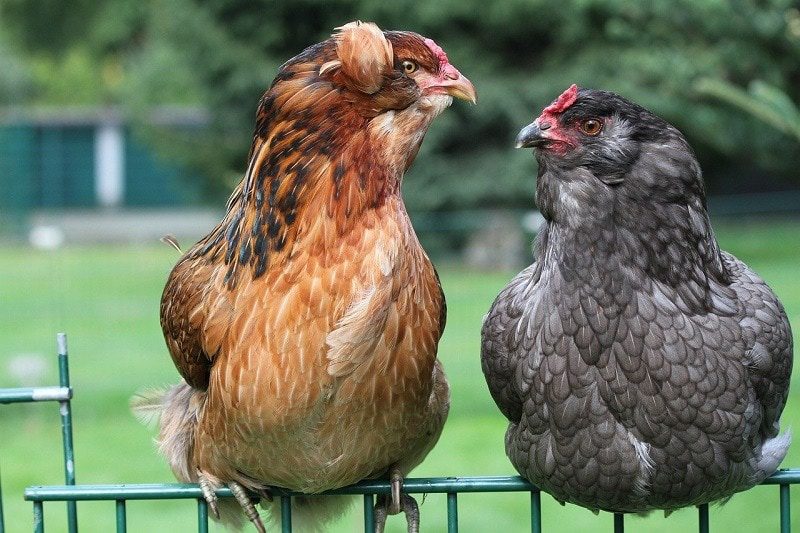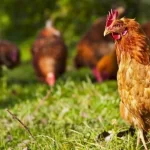What Makes the Eggs Green? Green eggs are a natural wonder that get their special color from the hen’s genes and what she eats. When the egg is forming inside the hen, certain pigments are added to the eggshell. This happens when a hen, usually from breeds like Araucana, Ameraucana, or Easter Egger, has specific genes. These genes control how the pigments are added, mixing blue and yellow to make the green color. The shade of green can be different, from a light seafoam to a dark olive. This interesting process shows how cool and diverse chicken genes and egg-making can be.
Breeds That Lay Green Eggs
Araucana: The South American Native
Originating from South America, the Araucana is often celebrated as the original green egg layer. This breed is renowned for its distinctive appearance, characterized by a lack of tail and tufts of feathers around the ears. Araucanas are hardy birds, well-suited to various climates. They typically lay a spectrum of green eggs, ranging from light pastel shades to deeper hues. However, this breed can be challenging to find due to breeding difficulties associated with their unique physical traits.
Ameraucana: The American Cousin
The Ameraucana, a breed developed in the United States, is another popular green egg layer. Recognizable by their muffs and beards, Ameraucanas come in a variety of colors such as black, blue and wheaten. Their eggs are usually a lighter shade of green, often described as a pastel or pale green. Unlike the Araucana, Ameraucanas have a full tail and a more uniform body shape. They are known for their friendly disposition and adaptability, making them a favorite among backyard poultry enthusiasts.
Easter Egger: The Colorful Hybrid
Easter Eggers are not a true breed but rather a hybrid, known for laying a variety of egg colors, including green. These chickens are the result of crossing blue egg-laying breeds like the Araucana and Ameraucana with brown egg layers. The result is a bird that lays eggs in shades ranging from olive green to turquoise. Easter Eggers are particularly loved for their varied feather colors and friendly nature. Their egg color can’t be guaranteed as it depends on individual genetics, making each Easter Egger unique in its egg-laying capability.
Nutritional Value of Green Eggs

Is a green egg healthier? Spoiler alert: they’re nutritionally similar to regular eggs but come with an extra dose of wonder. However, the diet of the hen can influence the nutritional profile of the eggs.
| Nutrient | Green Eggs (per 100g) | White Eggs (per 100g) | Brown Eggs (per 100g) |
|---|---|---|---|
| Calories | Approx. 140 | Approx. 140 | Approx. 140 |
| Protein | 13g | 13g | 13g |
| Total Fat | 10g | 10g | 10g |
| Saturated Fat | 3.3g | 3.3g | 3.3g |
| Cholesterol | 373mg | 373mg | 373mg |
| Vitamin A | Approx. 160IU | Approx. 160IU | Approx. 160IU |
| Vitamin D | 1IU | 1IU | 1IU |
| Vitamin E | 1.05mg | 1.05mg | 1.05mg |
| Vitamin B12 | 0.89µg | 0.89µg | 0.89µg |
| Calcium | 50mg | 50mg | 50mg |
| Iron | 1.2mg | 1.2mg | 1.2mg |
| Potassium | 138mg | 138mg | 138mg |
The Fascinating Genetics Behind the Color
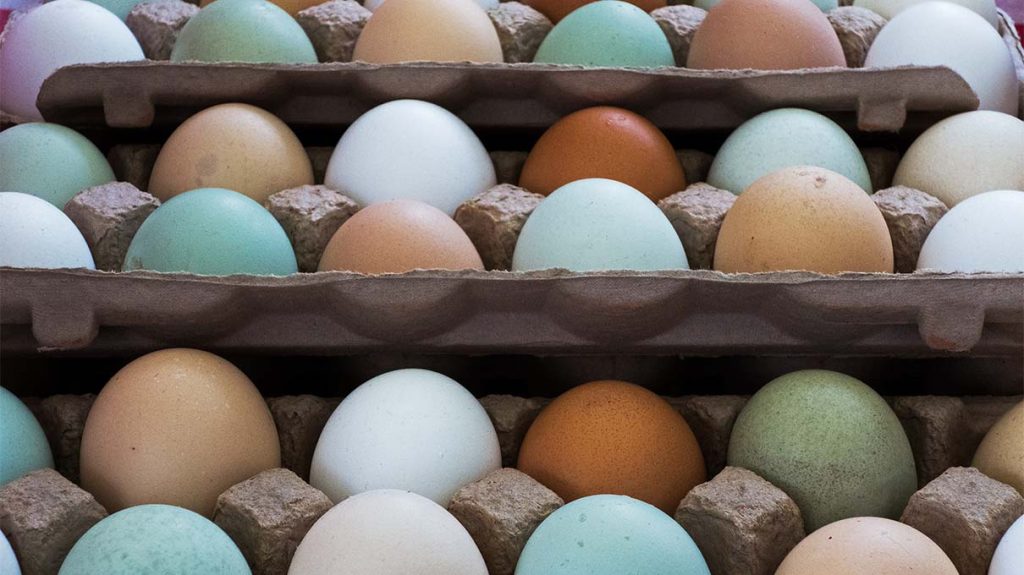
The green color of some chicken eggs is a fascinating genetic feat. It results from a cross between breeds laying blue eggs, like Araucanas and those laying brown eggs. The blue egg gene, when mixed with genes for brown eggs, creates a green hue. This genetic combination alters the pigmentation deposited on the eggshells during formation. Each green egg is a unique outcome of this intriguing genetic blend, showcasing nature’s extraordinary capability for variation.
Raising Green Egg Layers

Raising green egg layers is akin to caring for other chickens, with a few specific considerations. Firstly, choose a breed like Araucana, Ameraucana or Easter Egger for their green egg-laying ability. Provide a balanced diet, as nutrition influences egg quality. Ensure they have a spacious coop for shelter and ample outdoor space for foraging and exercise. Regular health check-ups are crucial to prevent common poultry diseases. Social interaction is important too, as these breeds are often friendly and enjoy human company. By maintaining a healthy, stress-free environment, you’ll encourage your chickens to produce those delightful green eggs consistently.
Eggcellent Egg Recipes

- Green Eggs and Ham Quiche
- A whimsical twist on a classic dish, this quiche incorporates chopped ham, spinach and green eggs. The spinach adds a vibrant green touch, enhancing the color of the eggs, while the ham provides a savory depth. Perfect for a Dr. Seuss-themed brunch!
- Avocado and Green Egg Toast
- A simple yet nutritious breakfast option. Mash ripe avocado on a slice of toasted bread, top with a fried or poached green egg and sprinkle with salt, pepper and chili flakes for a kick. The creamy avocado pairs wonderfully with the rich egg.
- Green Egg Shakshuka
- A Middle-Eastern favorite with a twist. Cook a spicy tomato and pepper sauce, then gently crack green eggs into the sauce, allowing them to poach. Serve with crusty bread for a hearty and flavorful meal.
- Spinach and Feta Green Egg Muffins
- These easy-to-make muffins are great for on-the-go breakfasts. Whisk together green eggs, chopped spinach, feta cheese and seasonings, then pour into muffin tins and bake. They’re portable, healthy and delicious.
- Green Egg Salad Sandwich
- A classic egg salad made with chopped green eggs, mayonnaise, mustard, diced celery and herbs. Serve it on whole-grain bread for a satisfying lunch.
- Green Deviled Eggs
- Boil green eggs, then halve them and mix the yolks with mayonnaise, mustard and finely chopped herbs for a vibrant and tasty appetizer.
- Green Egg Frittata with Vegetables
- A versatile dish where you can mix green eggs with your choice of vegetables, cheese and herbs, then bake until fluffy and golden. Ideal for using up leftover veggies.
The Market for Green Eggs
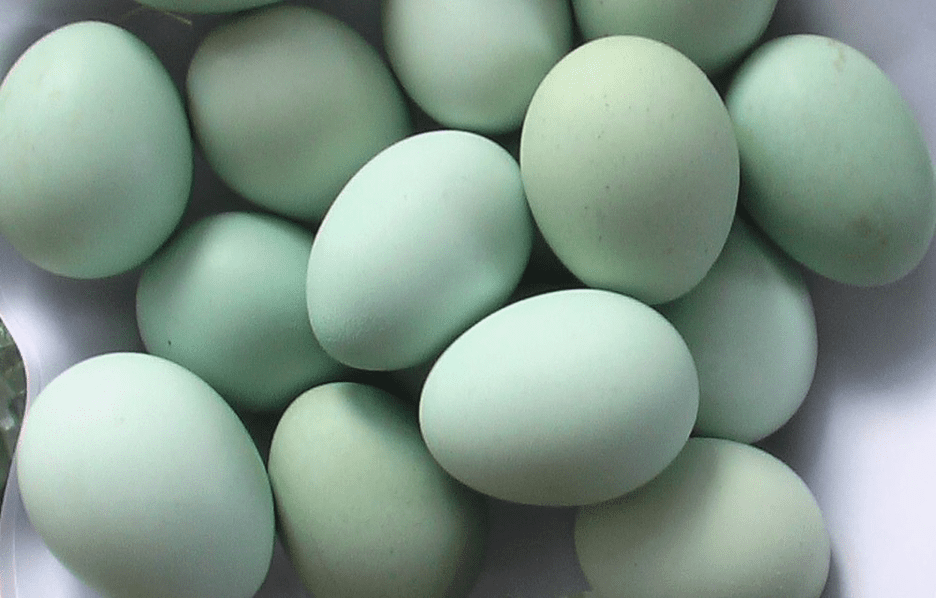
| Market Aspect | Green Eggs | White Eggs | Brown Eggs |
|---|---|---|---|
| Availability | Specialty stores, farmers’ markets | Widely available in most groceries | Common in groceries and markets |
| Demand | Growing interest, niche market | High, staple product | Moderate, preferred by some |
| Price Range | Generally higher due to rarity | Most affordable | Slightly higher than white eggs |
| Popular Outlets | Farmers’ markets, organic stores | Supermarkets, all food stores | Supermarkets, health food stores |
| Consumer Base | Health-conscious, novelty seekers | General population | Health-conscious, specific prefer. |
| Usage | Gourmet cooking, novelty use | General culinary uses | General culinary uses |
| Marketing | Marketed as a novelty, eco-friendly | Marketed for versatility, value | Often marketed for richer taste |
Myths and Misconceptions

- Myth: Green eggs are genetically modified.
- Truth: The green color of these eggs is entirely natural, resulting from a genetic blend of blue and brown egg-laying breeds. There is no genetic modification involved in the process.
- Myth: Green eggs taste different.
- Truth: The taste of an egg is influenced more by the hen’s diet and living conditions than the color of its shell. Green eggs taste remarkably similar to regular white and brown eggs.
- Myth: Green eggs are more nutritious.
- Truth: Nutritional content of eggs is generally consistent across different shell colors. The diet of the hen has a more significant impact on nutritional value than the color of the eggshell.
- Myth: Green eggs are only laid by rare, exotic chickens.
- Truth: While some green egg-laying breeds like the Araucana are less common, others such as Ameraucanas and Easter Eggers are quite popular and readily available to poultry enthusiasts.
- Myth: Green eggs are only available during certain seasons.
- Truth: Like other chicken eggs, green eggs are laid year-round, depending on the hen’s health and environmental conditions, not the season.
Fun Facts About Green Eggs
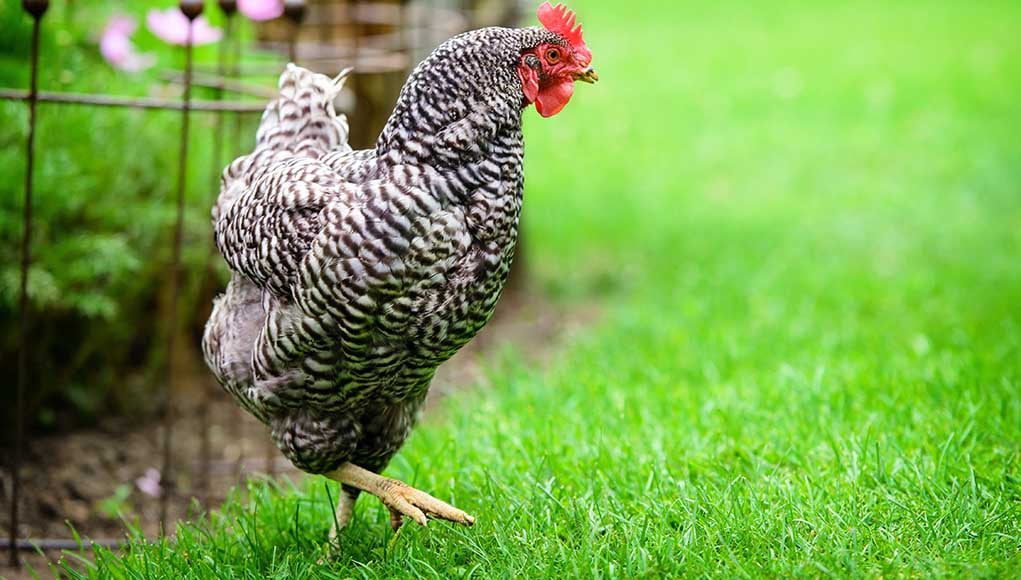
- Historical Roots: The Araucana, known for laying green eggs, originates from Chile and was first bred by the indigenous Mapuche people.
- Celebrity Status: Green eggs often become a conversation starter due to their unique color, making them a favorite in farmer’s markets and specialty food stores.
- Dr. Seuss Connection: Green eggs gained pop culture fame with Dr. Seuss’s book “Green Eggs and Ham,” although the book doesn’t specify that the eggs are from a specific chicken breed.
- Eggshell Color Variety: The shade of green can vary significantly, ranging from a pale, almost pastel green to a deep olive color, depending on the breed and individual hen.
- Global Rarity: While common in certain regions, green egg-laying breeds are considered rare in many parts of the world, making their eggs a sought-after item.
- Easter Favorites: Due to their unique color, green eggs are often a natural choice for Easter egg hunts and decorations, eliminating the need for artificial dyeing.
- Genetic Marvel: The green egg color is a result of a specific gene that mixes blue and brown pigments, a fascinating example of genetic inheritance in action.
How to Start Your Own Green Egg Venture
| Step | Description |
|---|---|
| Research and Planning | – Understand the market demand for green eggs. – Learn about green egg-laying breeds. – Plan your budget and business model. |
| Breed Selection | – Choose breeds known for laying green eggs, like Araucanas, Ameraucanas or Easter Eggers. – Consider breed temperament and care needs. |
| Coop Setup | – Design and set up a chicken coop suitable for your chosen breeds. – Ensure it has enough space, protection and nesting areas. |
| Feeding and Care | – Provide a nutritious diet and clean water. – Regularly clean and maintain the coop. – Monitor the health of your chickens. |
| Egg Collection | – Collect eggs daily. – Ensure proper handling and storage to maintain quality. – Keep records of egg production rates. |
| Legal Considerations | – Check local regulations on poultry farming. – Obtain necessary permits or licenses. – Ensure compliance with food safety standards. |
| Marketing and Sales | – Develop a brand for your green egg venture. – Market your eggs through local farmers’ markets, online platforms or local stores. – Build relationships with customers and suppliers. |
| Scaling Up | – Assess the demand and profitability. – Consider expanding your flock or diversifying into other egg colors. – Explore additional marketing channels. |
FAQs
Yes, you can dye green eggs, but the base color might alter the final hue.
Absolutely! Green eggs are as safe and delicious as their white and brown counterparts.
It varies by breed, but they typically lay as frequently as other egg-laying chickens.
Green eggs are more commonly found at farmer’s markets or specialty stores, but their availability in grocery stores is increasing.
No, green eggs taste similar to other eggs. The taste mainly depends on the hen’s diet and living conditions.
Conclusion
Green egg-laying chickens offer a unique and colorful twist to traditional poultry farming. Breeds like Araucana, Ameraucana and Easter Eggers not only add vibrancy to your egg basket but also bring genetic diversity and a touch of novelty to your backyard coop. While the green hue of their eggs is a delightful curiosity, it’s important to remember that their care, nutritional value and taste are similar to those of standard eggs. Embracing these feathered friends can be a rewarding venture, whether for personal satisfaction, nutritional benefits or as a niche market opportunity in sustainable farming practices.

